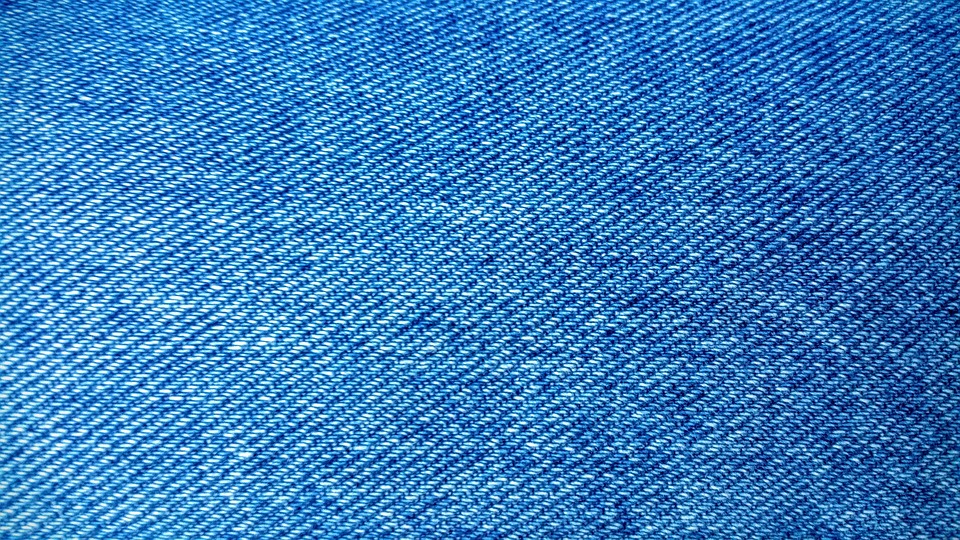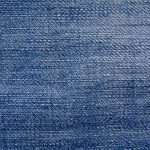Crafting an Impressive Cover Letter for Textile Designers: Tips and Examples
When it comes to the world of textile design, a well-crafted cover letter can be the golden ticket to that coveted job interview. It’s not merely a formality; it’s an opportunity to showcase your creativity, articulate your passion, and convey your unique vision. Let’s delve into some thoughtful strategies to ensure your cover letter stands out amidst a sea of applicants.
1. Start with a Bang
Engaging your reader from the outset is crucial. Rather than the clichéd "I am writing to apply for," consider opening with a striking statement or a personal anecdote related to your design journey. For instance, “From the moment I wove my first fabric at age seven, I’ve been captivated by the alchemy of thread and colour.” Such an approach not only piques interest but also reflects your enthusiasm.
2. Tailor Your Narrative
Generic cover letters are easily spotted and quickly dismissed. Research the company and align your skills and experiences with their ethos and current projects. If they are known for sustainable fabrics, for example, highlight your experience with eco-friendly materials. This demonstrates not just your suitability, but also your genuine interest in their work.
3. Showcase Your Portfolio
While your CV provides an overview of your qualifications, your cover letter should direct the reader’s attention to your portfolio. Use phrases like, “In my recent project, I explored innovative dyeing techniques, which can be seen in the accompanying portfolio link.” This creates a seamless connection between your written and visual work, enticing the reader to delve deeper into your creations.
4. Highlight Key Achievements
Instead of listing all your responsibilities from previous roles, select a few key achievements that illustrate your capabilities. Perhaps you led a project that increased sales by a certain percentage or innovated a unique pattern that received accolades at a design show. Quantifying your successes lends credibility and showcases the impact you can have.
5. Keep It Concise and Engaging
While expressing your thoughts, brevity is crucial. Aim to keep your cover letter to a single page. Use varied sentence structures to maintain rhythm; a mix of longer, descriptive sentences paired with shorter, punchy ones can create a captivating flow. It’s about keeping the reader engaged without overwhelming them with excessive detail.
6. End with Enthusiasm
Conclude on a high note. Reinforce your excitement about the opportunity and express eagerness to discuss how your skills can contribute to their team. Instead of a standard “Thank you for your consideration,” try, “I would be thrilled to explore how my vision aligns with your innovative projects and to contribute to your team’s success.”
Creating a memorable cover letter is an art in itself, especially in a field as vibrant and dynamic as textile design. By weaving together your passion, tailored experiences, and a dash of personal flair, you can create a narrative that resonates with potential employers.
CVPortal continues to bring you a wealth of high-quality CV references, ensuring you’re equipped with the best tools to navigate your career journey.


